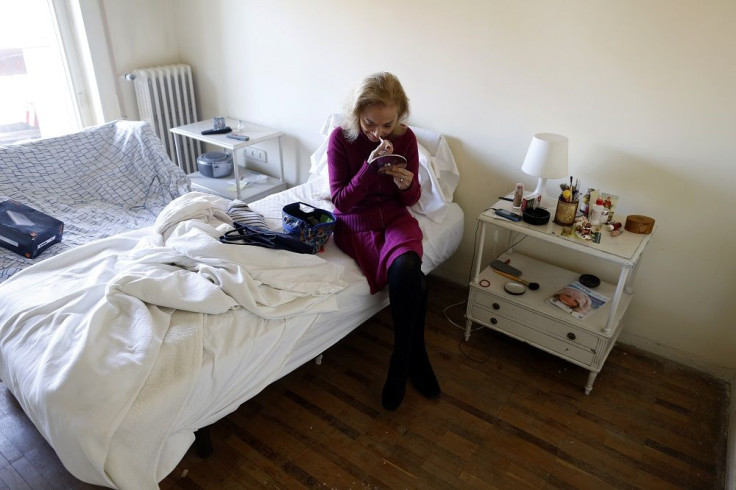Blue LED lights may help treat Alzheimer's disease by suppressing beta-amyloid structure formation

[A Nov 18 version of this story erroneously identified mice as invertebrates. The correct classification is vertebrates. The story was corrected accordingly at 1:46 PM Australian time on Nov 19.]
Alzheimer's disease accounts for more than 60 percent of the cases of dementia. Researchers around the world make continuous efforts to find a cure for the disease or to find a way to reduce the misery associated with it.
A team of researchers at the Korea Advanced Institute of Science and Technology in Daejeon, South Korea, have found a way to prevent the abnormal assembly of beta-amyloid plaques in patients suffering from Alzheimer's using photosensitisers and blue LED lights. Beta-amyloid is a type of a protein which gets accumulated in the brain of the affected person.
During the research, the team subjected fruit flies to light-induced treatment using blue LED and photosensitisers. The light treatment helped reduce the need for medication and also reduced the symptoms associated with Alzheimer's disease in fruit flies. Some of these symptoms include neuronal apoptosis, diminished longevity, synapse, muscle damage and reduced motility.
The unusual folding of beta-amyloids in the brain of the Alzheimer's patients start to degrade the brain function in them. The researchers knew that stopping the formation of abnormal beta-amyloid structures in the brain at an early stage can help stop disease progression. Therefore, they tried to suppress the abnormal arrangement of beta-amyloids in fruit flies using blue LED lights and photo-excited porphyrin inducers.
"By absorbing light energy, a photosensitizer such as porphyrin reaches the excitation state. Active oxygen is created as the porphyrin returns to its ground state. The active oxygen oxidizes a beta-amyloid monomer, and by combining with it, disturbs its assembly," said researchers in a press release.
The scientists are now planning to expand their research to vertebrates such as mice, using organic and inorganic photosensitizers. The complete details of the study have been published in the journal Angewandte Chemie.
Contact the writer at feedback@ibtimes.com.au, or let us know what you think below.





















